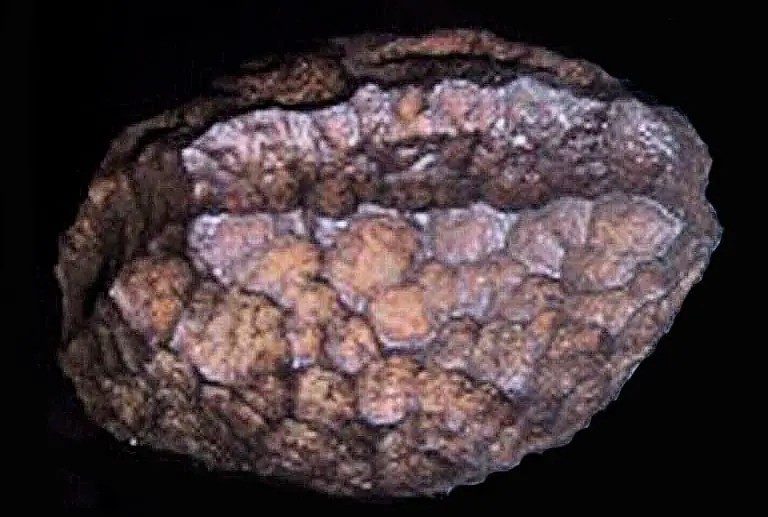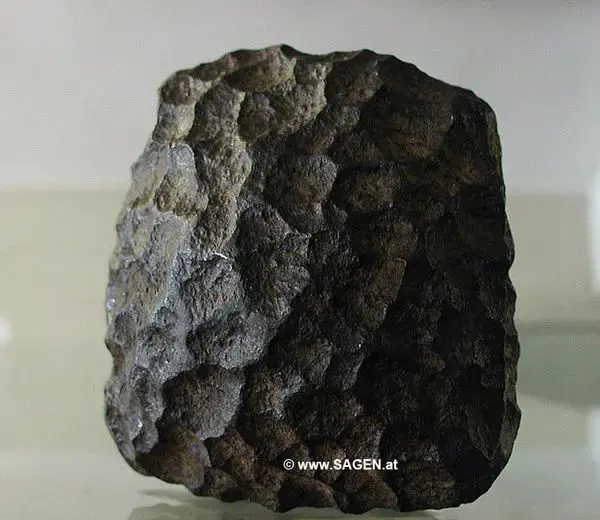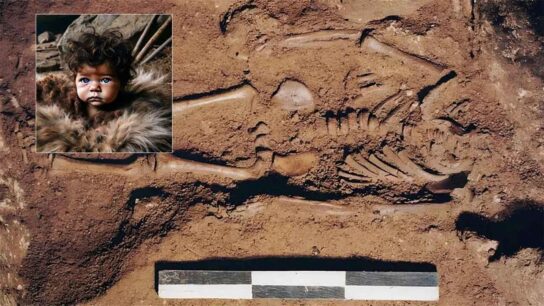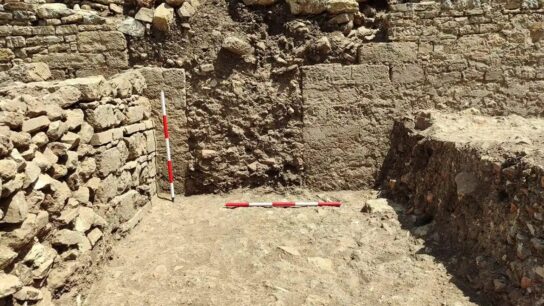Is the 20 million year old Wolfsegg Iron an artificially made artifact?

The 20 million-year-old Wolfsegg Iron, also known as the Salzburg Cube, is a small piece of iron that was found within a block of coal in the town of Wolfsegg, Austria.
This artifact has fascinated many due to its mysterious origins and implications for prehistoric civilizations.
Why is it interesting? There are numerous aspects that contribute to its enigmatic aura. The origin of this strange artifact is a mystery.
According to many who have seen and analyzed it, the Wolfsegg Iron unarguably proves the existence of ancient civilizations in prehistoric times, whose technological developments may have exceeded those of the modern human race.
A report in the scientific journal Nature (Volume 35, November 11, 1886, page 36) describes the object as “almost a cube” with a “deep incision.” The object measures 67 mm high, 67 mm wide, and 47 mm at its thickest part, weighing 785 grams.
Some argue that this artifact is most likely a meteorite, but its specific shape and dimensions challenge this theory. In 1966, the Wolfsegg Iron was examined at the Naturhistorisches Museum. Dr. Kurat from the Museum and Geological Committee at Bundesanstalt in Vienna concluded that the object is simply artificial cast iron. The problem is that it was found buried inside a 20 million-year-old coal seam.
Ufologists believe that this object did not originate from space, as was previously believed. They suggest that this artifact is proof that millions of years ago, civilizations existed on Earth with extremely advanced technology. They point to numerous other artifacts found across the globe, suggesting a pattern among all of them.
The Wolfsegg Iron remains one of the most famous anachronistic objects since its discovery in 1885 when a worker broke coal from Wolfsegg, uncovering an iron cube-shaped, somewhat deformed object.
According to accounts, the edges of this strange object were once perfectly straight and defined. Four sides were flat, while the remaining two sides, facing each other, were convex. Towards the upper part of the artifact, there was a rather deep groove.
The shape of the object, currently in a municipal museum near the foundry where it was discovered, does not resemble a cube. Its unique flat surface resulted from cuts made for chemical analysis.

The tests showed interesting results: the metal object does not contain nickel, chromium, or cobalt, which suggests it cannot be a meteorite as previously believed. It appears to be artificially produced.
While opinions are mixed, many believe it couldn’t have originated naturally. Dr. Kurat from the Museum and Geological Committee at Bundesanstalt in Vienna concluded it lacks the characteristics of a meteorite.
The true origin and purpose of the Wolfsegg Iron remain topics of discussion among researchers and ufologists. This object will certainly continue to be an intriguing and mysterious artifact, regardless of the different views and opinions.



